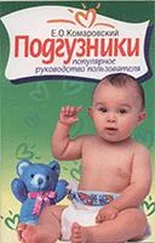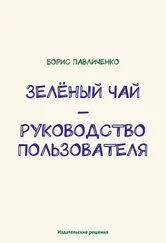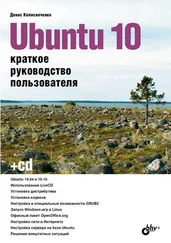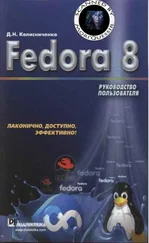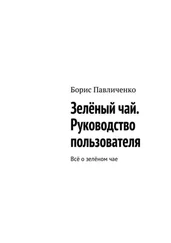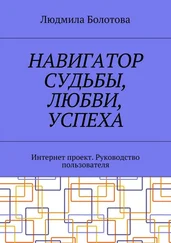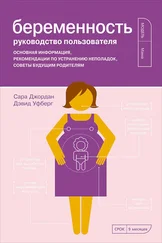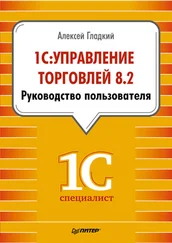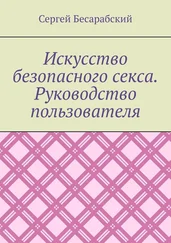B. Challier, J. M. Perarnau, and J. F. Viel, “Garlic, Onion and Cereal Fibre as Protective Factors for Breast Cancer: A French Case-Control Study,” European Journal of Epidemiology 14, no. 8 (1998): 737–747.
B. B. Aggarwal et al., “Curcumin Suppresses the Paclitaxel-Induced Nuclear Factor-κB Pathway in Breast Cancer Cells and Inhibits Lung Metastasis of Human Breast Cancer in Nude Mice,” Clinical Cancer Research 11, no. 20 (2005): 7490–7498; T. Choudhuri et al., “Curcumin Induces Apoptosis in Human Breast Cancer Cells Through p53-Dependent BAX Induction,” FEBS Letters 512, nos. 1–3 (2002): 334–340; S. Somasundaram et al., “Dietary Curcumin Inhibits ChemotherapyInduced Apoptosis in Models of Human Breast Cancer,” Cancer Research 62, no. 13 (2002): 3868–3875.
S. Percival et al., “Bioavailability of Herbs and Spices in Humans as Determined by Ex Vivo Inflammatory Suppression and DNA Strand Breaks,” Journal of the American College of Nutrition 31, no. 4 (2012): 288–294.
G. Shoba et al., “Influence of Piperine on the Pharmacokinetics of Curcumin in Animals and Human Volunteers,” Planta Medica 64, no. 4 (1998): 353–356.
L. Lai et al., “Piperine Suppresses Tumor Growth and Metastasis In Vitro and In Vivo in a 4T1 Murine Breast Cancer Model,” Acta Pharmacologica Sinica 33, no. 4 (2012): 523–530.
J. Kim et al., “Turmeric (Curcuma Longa) Inhibits Inflammatory Nuclear Factor (NF)‐κB and NF‐κB‐Regulated Gene Products and Induces Death Receptors Leading to Suppressed Proliferation, Induced Chemosensitization, and Suppressed Osteoclastogenesis,” Molecular Nutrition and Food Research 56, no. 3 (2012): 454–465.
A. Rasyid et al., “Effect of Different Curcumin Dosages on Human Gall Bladder,” Asia Pacific Journal of Clinical Nutrition 11, no. 4 (2002): 314–318.
J. Zheng et al., “Spices for Prevention and Treatment of Cancers,” Nutrients 8, no. 8 (2016): 495; A. Iyer et al., “Potential Health Benefits of Indian Spices in the Symptoms of the Metabolic Syndrome: A Review,” Indian Journal of Biochemistry and Biophysics 46, no. 6 (2009): 467–481; C. M. Kaefer and J. A. Milner, “The Role of Herbs and Spices in Cancer Prevention,” Journal of Nutritional Biochemistry 19, no. 6 (2008): 347–361; K. Krishnaswamy, “Traditional Indian Spices and Their Health Significance,” Asia Pacific Journal of Clinical Nutrition 17, no. 1 (2008): 265–268.
S. S. Percival et al., “Bioavailability of Herbs and Spices in Humans as Determined by Ex Vivo Inflammatory Suppression and DNA Strand Breaks,” Journal of the American College of Nutrition 31, no. 4 (2012): 288–294; I. Paur et al., “Extract of Oregano, Coffee, Thyme, Clove, and Walnuts Inhibits NF-κB in Monocytes and in Transgenic Reporter Mice,” Cancer Prevention Research 3, no. 5 (2010): 653–663; N. Wang et al., “Ellagic Acid, a Phenolic Compound, Exerts Anti-angiogenesis Effects via VEGFR-2 Signaling Pathway in Breast Cancer,” Breast Cancer Research and Treatment 134, no. 3 (2012): 943–955; K. Aruna and V. M. Sivaramakrishnan, “Plant Products as Protective Agents Against Cancer,” Indian Journal of Experimental Biology 28, no. 11 (1990): 1008–1011.
Federal Institute for Risk Assessment, “High Daily Intakes of Cinnamon: Daily Health Risks Cannot be Ruled Out,” BfR Health Assessment , August 18, 2006, http://www.bfr.bund.de/cm/349/high_daily_intakes_of_cinnamon_health_risk_cannot_be_ruled_out.pdf.
C. M. Kaefer and J. A. Milner, “Herbs and Spices in Cancer Prevention and Treatment,” in Herbal Medicine: Biomolecular and Clinical Aspect s, 2nd ed., ed. I. F. F. Benzie and S. Wachtel-Galor (Boca Raton, FL: CRC Press, 2011), открыто 3 декабря 2017 года, https://www.ncbi.nlm.nih.gov/books/NBK92774; B. B. Aggarwal et al., “Potential of Spice-Derived Phytochemicals for Cancer Prevention,” Planta Medica 74, no. 13 (2008): 1560–1569; S. Dragland et al., “Several Culinary and Medicinal Herbs Are Important Sources of Dietary Antioxidants,” The Journal of Nutrition 133, no. 5 (2003): 1286–1290.
J. Teas et al., “Dietary Seaweed Modifies Estrogen and Phytoestrogen Metabolism in Healthy Postmenopausal Women,” The Journal of Nutrition 139, no. 5 (2009): 939–944.
Y. J. Yang et al., “A Case-Control Study on Seaweed Consumption and the Risk of Breast Cancer,” British Journal of Nutrition 103, no. 9 (2010): 1345–1353.
F. M. Steinberg et al., “Cocoa and Chocolate Flavonoids: Implications for Cardiovascular Health,” Journal of the American Dietetic Association 103, no. 2 (2003): 215–223.
Z. Faridi et al., “Acute Dark Chocolate and Cocoa Ingestion and Endothelial Function: A Randomized Controlled Crossover Trial,” The American Journal of Clinical Nutrition 88, no. 1 (2008): 58–63.
R. S. Muthyala et al., “Equol, a Natural Estrogenic Metabolite from Soy Isoflavones: Convenient Preparation and Resolution of R-and S-equols and Their Differing Binding and Biological Activity through Estrogen Receptors Alpha and Beta,” Bioorganic & Medicinal Chemistry 12, no. 6 (2004): 1559–1567.
F. V. So et al., “Inhibition of Proliferation of Estrogen Receptor-Positive MCF-7 Human Breast Cancer Cells by Flavonoids in the Presence and Absence of Excess Estrogen,” Cancer Letters 112, no. 2 (1997): 127–133; S. O. Mueller et al., “Phytoestrogens and Their Human Metabolites Show Distinct Agonistic and Antagonistic Properties on Estrogen Receptor κ(ERκ) and ERκin Human Cells,” Toxicological Sciences 80, no. 1 (2004): 14–25.
J. T. Kellis Jr. and L. E. Vickery, “Inhibition of Human Estrogen Synthetase (Aromatase) by Flavones,” Science 225 (1984): 1032–1035.
L. J. Lu et al., “Effects of Soya Consumption for One Month on Steroid Hormones in Premenopausal Women: Implications for Breast Cancer Risk Reduction,” Cancer Epidemiology and Prevention Biomarkers 5, no. 1 (1996): 63–70.
S. A. Lee et al., “Adolescent and Adult Soy Food Intake and Breast Cancer Risk: Results from the Shanghai Women’s Health Study,” American Journal of Clinical Nutrition 89, no. 6 (2009): 1920–1926.
L. A. Korde et al., “Childhood Soy Intake and Breast Cancer Risk in Asian American Women,” Cancer Epidemiology and Prevention Biomarkers 18, no. 4 (2009): 1050–1059.
K. P. Ko et al., “Dietary Intake and Breast Cancer among Carriers and Noncarriers of BRCA Mutations in the Korean Hereditary Breast Cancer Study,” The American Journal of Clinical Nutrition 98, no. 6 (2013): 1493–1501.
N. Guha et al., “Soy Isof lavones and Risk of Cancer Recurrence in a Cohort of Breast Cancer Survivors: The Life after Cancer Epidemiology Study,” Breast Cancer Research and Treatment 118, no. 2 (2009): 395–405.
Читать дальше
![Кристи Фанк Грудь. Руководство пользователя [litres] обложка книги](/books/392018/kristi-fank-grud-rukovodstvo-polzovatelya-litre-cover.webp)

